Armagh: Ireland's Orchard County
While County Armagh may not have the beautiful coastline that is attributed to other counties in Ulster, it makes up for it in historic cathedrals, acres of apple orchards, as well as in its forests and lakes.
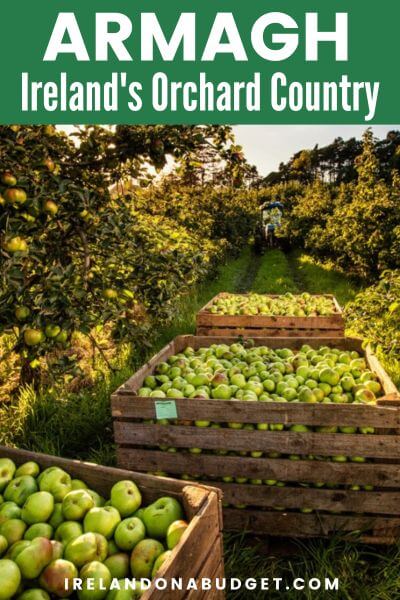 This page contains affiliate links and I may earn compensation when you click on the links at no additional cost to you.
This page contains affiliate links and I may earn compensation when you click on the links at no additional cost to you.
Sit back and discover the charm that exists in Armagh, Ireland’s Orchard County.
The best way to see Armagh is by car.
If you’re flying into Belfast, you can easily rent a car at Belfast Airport.
Or, if you are based in Dublin, driving from there to Armagh will take you about an hour and 30 minutes on the M1 motorway.
Most guided day trips from either Belfast or Dublin will take in the sites that are popular in other places of Northern Ireland, such as the Giants Causeway, the Carrick-a-Rede Rope Bridge, and other places in Armagh.
However, if you want to focus on the attractions in County Armagh, you’re best to do it independently.
In fact, it might be more fun, especially if you’re up for seeing and experiencing new things!
Armagh City
One of your first stops on a tour of Armagh: Ireland's Orchard County should be in Armagh City, Ireland’s ecclesiastical city and a place that is steeped in history.
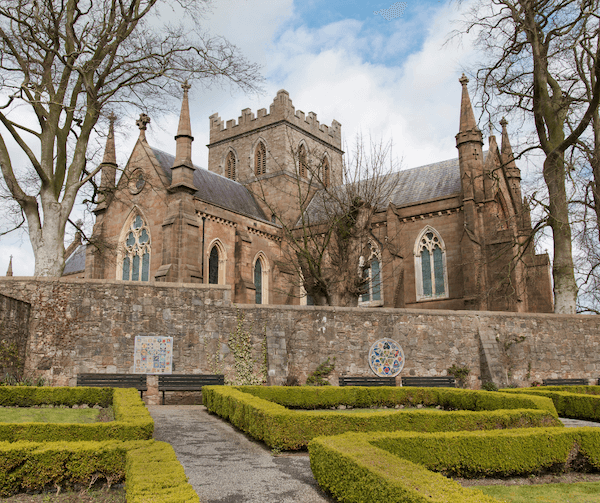
If you have any interest in Saint Patrick, Ireland’s patron saint, you’ll want to visit the city’s two cathedrals dedicated to him.
They include St. Patrick’s Cathedral Church of Ireland and St. Patrick’s Roman Catholic Cathedral.
St. Patrick’s Church of Ireland Cathedral
St. Patrick founded his first stone church on the site that is now occupied by St. Patrick’s Church of Ireland Cathedral.
You can begin your journey of this Anglican cathedral in its ancient crypt.
The underground burial area, which has barely changed in over 750 years, contains the tombs of two archbishops as well as the remains of a couple of County Armagh families, who were part of the landed gentry.
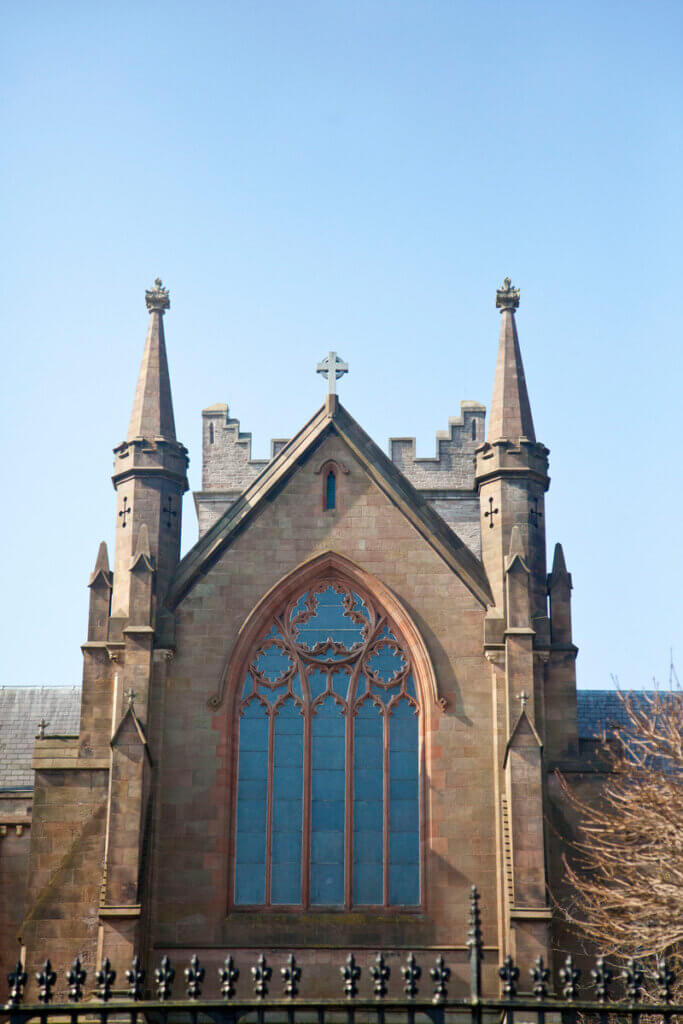
There is also a collection of pre-Christian carved figures and stone ornaments created during the Early Bronze Age.
A stone slab on the cathedral’s exterior wall, on its north side, marks the burial place of Brian Ború, the High King of Ireland, who died in a battle against the Vikings in 1014.
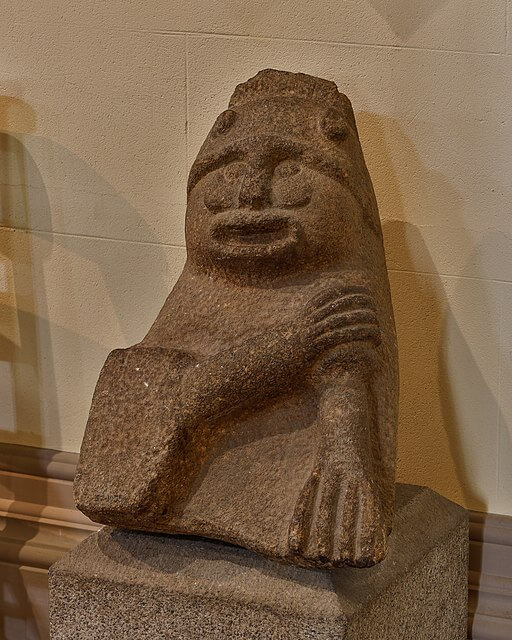
Inside the church, you’ll find an 11th-century Celtic Cross and a granite figure called the Tandagree Idol dating from the Iron Age.
The cathedral is open from April through September (Monday-Saturday) from 9 a.m. to 5 p.m. and from October through March (Thursday-Saturday) from 9 a.m. to 4 p.m.
Admission is £4/€4.60 for adults and £3.50/€4 for seniors. Children are free.
St. Patrick’s Roman Catholic Cathedral
The Roman Catholic St. Patrick’s Cathedral is more ornate, as Catholic churches tend to be.
The church was built in the Gothic style between 1838 and 1873. The interior of the cathedral is well worth a look.
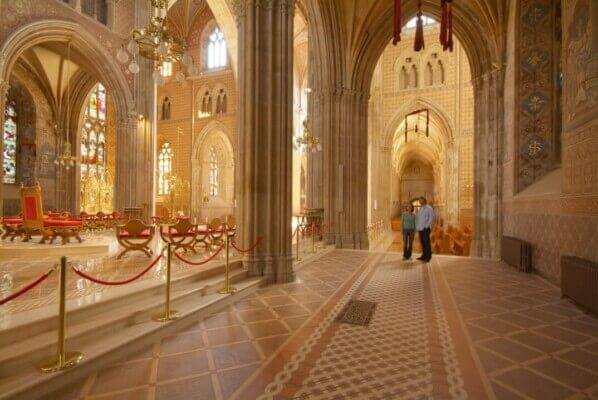
Guided tours are available but must be pre-booked two weeks in advance. The rate is £2 per person.
Armagh is also considered one of the finest examples of a Georgian city on the island of Ireland.
Armagh's Georgian Heritage
Thank Archbishop Richard Robinson for creating what you see in Armagh City today, including the palace, the library in his name, the observatory, as well as the many dwelling houses on the city’s main street.
The city celebrates its Georgian heritage each year in the form of a Georgian Festival.
The Palace Demesne and Public Park
The Archbishop’s Palace is set on 300 acres of parkland known as the Palace Demesne Public Park, just south of Armagh city center.
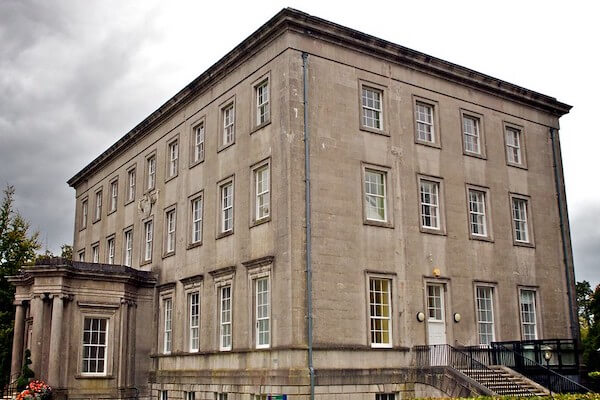
The building once served as the primary residence of the Church of Ireland archbishops of Armagh, including Robinson.
The Neo-Classical building now serves as the office of the lord mayor of Armagh, Banbridge, and Craigavon Borough.
Costumed actors recreate the atmosphere of the palace in 1776 at the Palace Stables Heritage Centre.
Tours are available during the summer months. It is free to visit.
Armagh Robinson Library
The Armagh Robinson Library is the oldest public library in Northern Ireland.
It is also among the three most important heritage libraries on the island of Ireland.
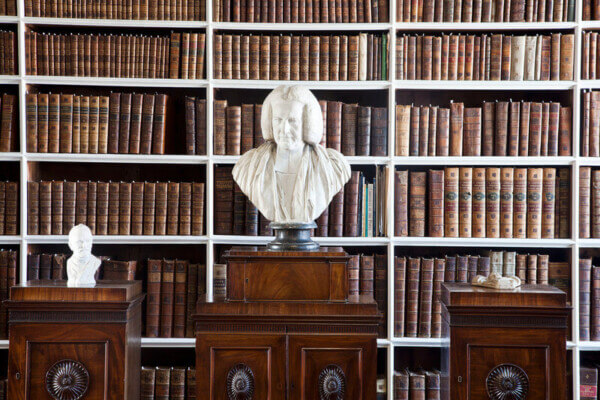
The other two include Trinity College and Marsh’s Library, both in Dublin.
Founded in 1771, the library houses approximately 43,000 books, of which over 17,000 were published before 1800.
One of them includes Jonathan Swift’s personal copy of “Gulliver’s Travels” with annotated corrections by the author.
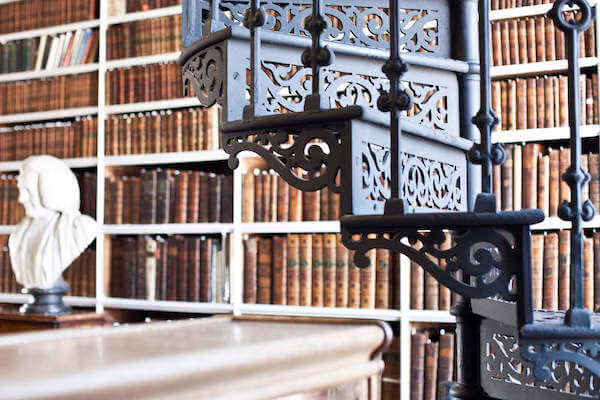
It also has one of the largest known collections from one of the most important book collectors of the 17th century, Edward Conway.
The library is open Monday through Friday from 10 a.m. to 1 p.m. and from 2 p.m. to 4 p.m. Admission is free.
The place is a treasure trove of other interesting materials, including atlases, coins, gems, and more.
Discover Your Northern Ireland Roots on Ancestry.com
No. 5 Vicars’ Hill
You shouldn't leave Armagh City without paying a visit to No. 5 Vicars’ Hill, which is set in a row of Georgian houses facing St. Patrick’s Church of Ireland Cathedral.
No. 5 was built in 1772 as a registry of records for the Church of Ireland and the Armagh Diocese.
It serves as a spill-over collection site for the Robinson Library, mentioned above.
See the breadth of artifacts in Armagh City's libraries and museums below.
Some of the more interesting artifacts in the deceptively large building include the Armagh Ogham Stone, which dates from the 5th century.
You can explore its collections through the use of touch screens.
At this time, you must make an appointment to visit the library. Email [email protected].
Armagh County Museum
Other attractions in the city include The Armagh County Museum, the oldest county museum on the island of Ireland.
It is located in Armagh City’s beautiful Georgian tree-lined Mall, which can also be credited to Archbishop Robinson.
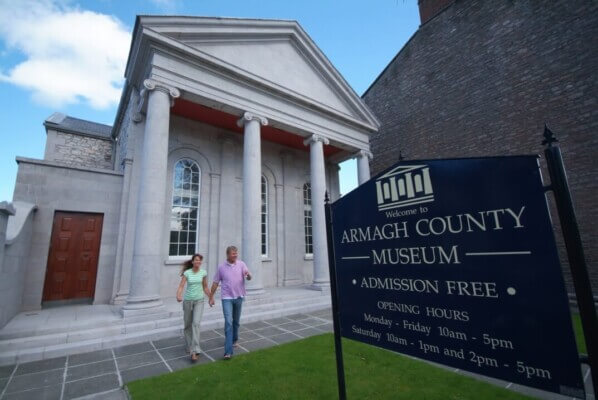
You’ll find a variety of artifacts on display at this fascinating place, including Viking bracelets, ancient weaving instruments, polished stone axes, penal crosses used secretly during Ireland’s period known as the Penal Times, as well as “bog butter,” which was found in local bogs.
Don’t miss the cast-iron skull on display that was once mounted to the gallows outside Armagh Prison when executions were held in public up until the mid-1800s.
The museum is open from Monday through Friday, from 10 a.m. to 5 p.m. and on Saturday from 10 a.m. to 1 p.m. and again from 2 to 5 p.m. Admission is free.


Navan Centre & Fort
Located only two miles outside Armagh City, this area of the county was once an important pre-Christian royal site and the home to the Emain Macha (named after the children of the goddess Macha who reputedly established the fort).
It is considered the earliest capital of Ulster.
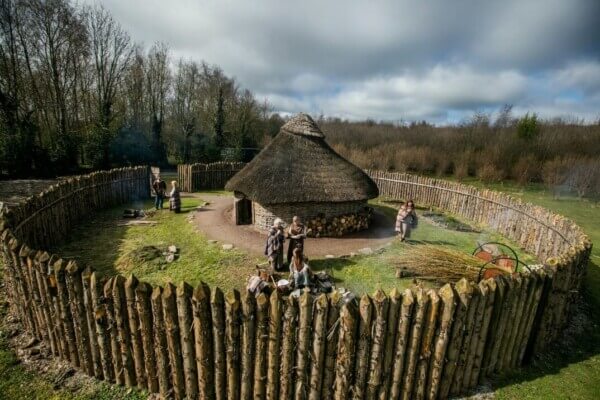
A visit to the Navan Centre & Fort will give you an idea of what life was like for the ancient people of Ireland 2,000 years ago.
Living history characters bring it all to life in replica Iron Age dwellings.
A guided tour will give you the chance to immerse yourself in the time period and the customs of the day, including a purification ceremony involving smoke and fire.
Eat the food that the area's ancient ancestors created and enjoy a day of storytelling around the fire, hearing tales of Ulster’s great warriors.
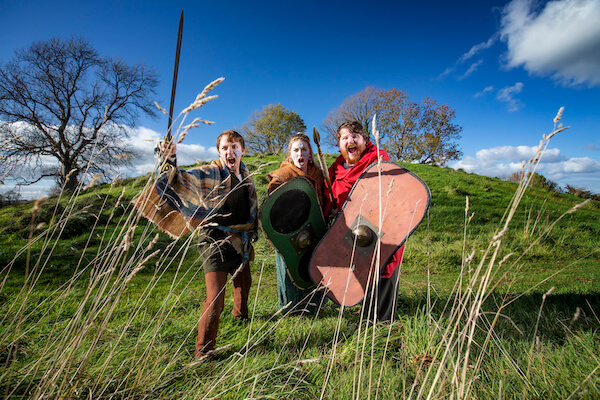
You can also learn about how these ancient people engaged in battle and learn some of the skills needed to survive as Iron Age warriors.
The park is open throughout the year. However, there are fewer guided tours during the winter months and admission prices are lower as a result.
Admission from March 14 through Sept. 30 is £12.50 for adults and £11.25 for students and seniors. The price for children aged 4-16 is £7.50. Children under 4 are admitted for free. The price for a family of 5 is £26, with £4 for additional children.
Admission from Oct. 1 through March 13 is £5.80 for adults, £4.40 for students and seniors, and £3.50 for children. The price for a family of 5 is £16.90.
Several brochures about all of the attractions mentioned above are available at the Visit Armagh website.
Lough Neagh Discovery Centre
Five of Northern Ireland’s six counties, including County Armagh, touch the shores of Lough Neagh (pronounced “Nay”), the largest freshwater lake in Britain and Ireland.
While you’re touring County Armagh: Ireland's Orchard County, be sure to visit Oxford Island, a designated National Nature Reserve that’s located on the southern shores of the lough near Lurgan.
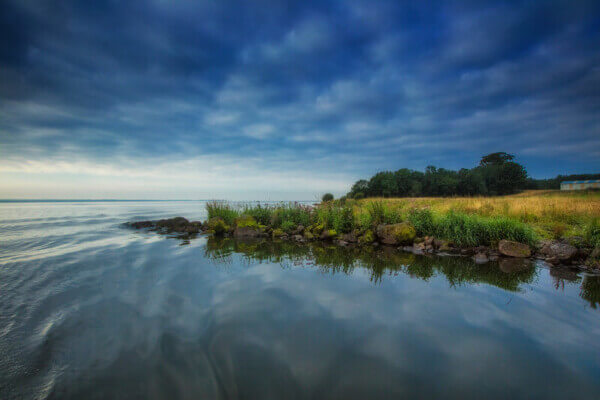
You can enjoy four miles of woodland trails there as well as unique boglands and wildlife ponds, all set in a stunning location.
In fact, the lough is home to some unique fish, including the pollan, a freshwater herring found only in Ireland, as well as the dollaghan, a subspecies of trout unique to Lough Neagh.
Lough Neagh is also home to the largest eel fishery in Europe.
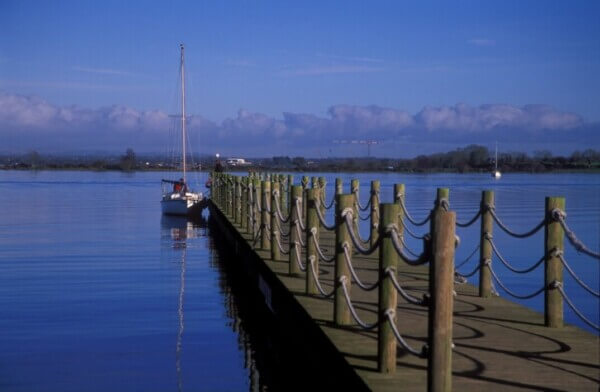
The fishery offers tours that include grand mythical tales about the lough and how St. Patrick turned the snakes in Ireland into eels!
All tours must be pre-booked.
Boat tours of Lough Neagh are also popular.
Aibhainn Cruises takes passengers to attractions like Shane’s Castle, once the stronghold of the O’Neill dynasty, Coney Island, and Rams Island, among other sites along the lough.
Slieve Gullion Forest Park
Imagine the battles that were fought by Ireland’s chieftains, the O’Neills and the O’Hanlons, as well as the mythical hero Cúchulainn and the Red Branch Knights on Slieve Gullion, the highest mountain in Armagh.
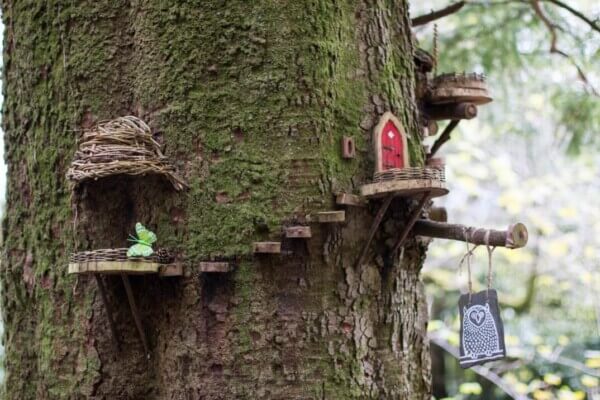
There’s a lot to see and do at the nearby Slieve Gullion Forest Park, including walking, cycling, and an Adventure Playpark for kids.
New to the park is something called the Sensory Trail, which is designed for adults and children with sensory needs. It can, however, be used by anyone looking for a slow adventure through the forest.
Get Wifi on the Island of Ireland with an ESim from Airalo
County Armagh’s Orchards
County Armagh is known as the “Orchard County.” This is because there’s a multitude of orchards to be found throughout the county.
Apples have been grown in Armagh for over 3,000 years. Even Saint Patrick is said to have planted an apple tree in the county.
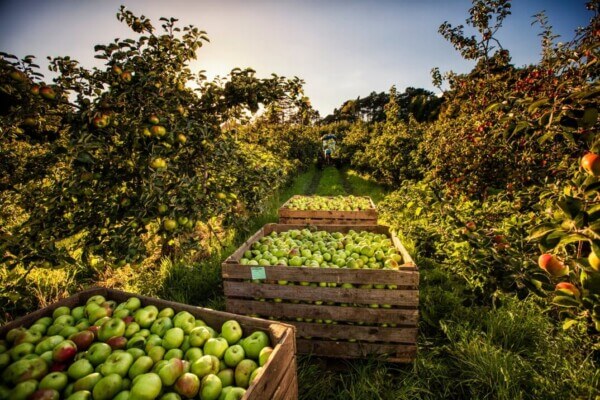
During the Plantation of Ulster in the 1600s, tenants were encouraged to plant orchards bearing apples, plums, cherries, and pears.
If you have time, take an orchard tour at Long Meadow Cider near Loughgall, the heart of Armagh’s apple-growing tradition.
The orchard is owned by the McKeever family, three generations of apple growers who focus not only on the growth of the popular Bramley apple but on other varieties, too.
Take a tour of the orchard, its cold storage facility, pressing and blending facilities, its Apple Cider Vinegar Room, and its oak-aged barrels.
Young visitors to the orchard will find a delightful fairy trail there as well as the opportunity to go on tractor rides, participate in arts and crafts, and lots more.
Of course, you’ll also get the chance to taste some of the company’s craft ciders.
Read more: A Self-Guided Tour of Northern Ireland's Famous Game of Thrones Attractions

